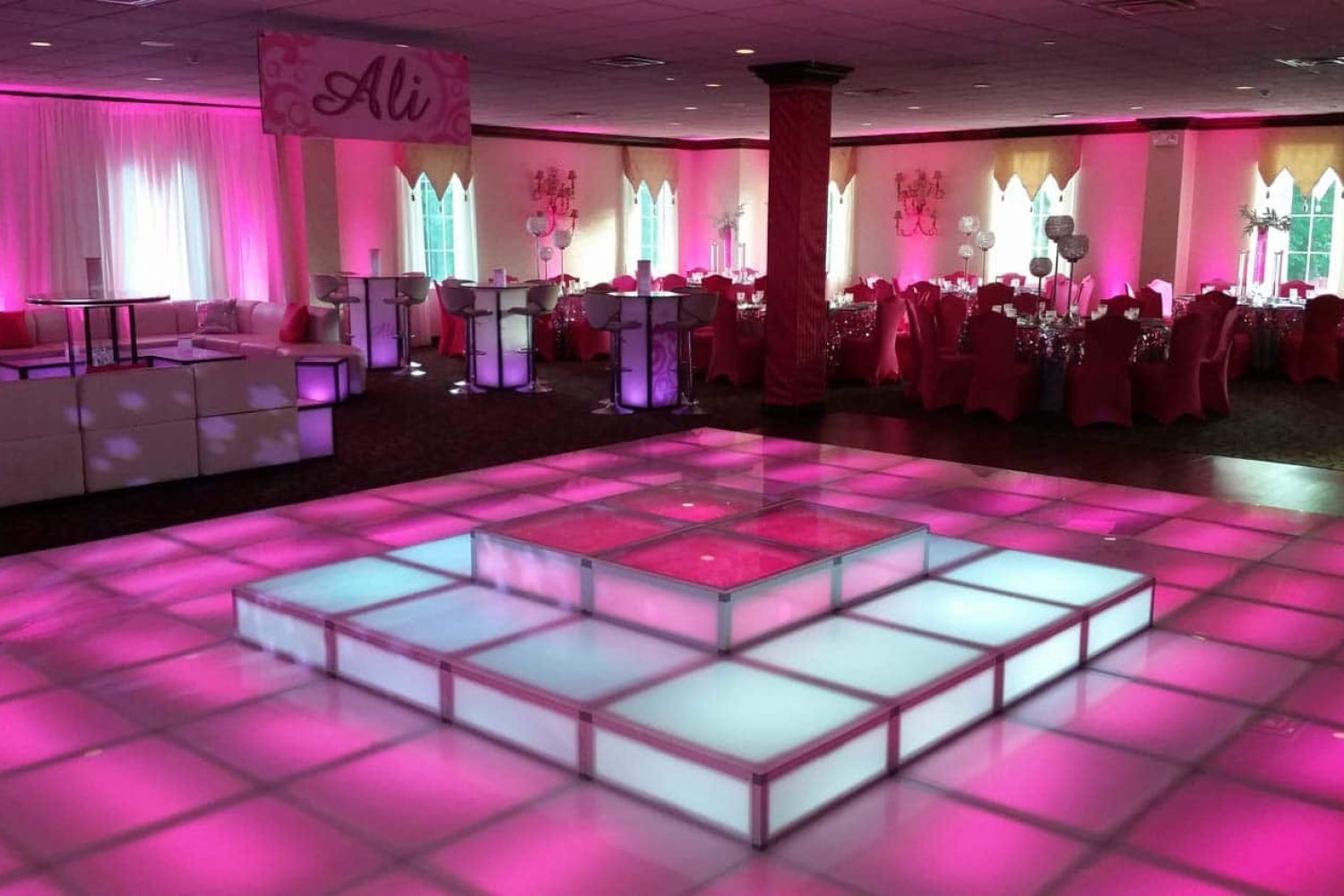Illuminating Innovation Via Shade Theory within Illuminated Dancing Platform Designs
Illuminating Innovation Via Shade Theory within Illuminated Dancing Platform Designs
Blog Article
Color concept represents a important aspect of aesthetics, particularly as it comes to designing light-emitting diode dance floors. The interplay of colors can significantly influence the mood and energy of a space. Through grasping how colors function together, creators can create an ambiance that improves the overall encounter for dancers. This article explores the fundamentals of hue theory and its application in LED dance floor layouts.
The primary colors are red, blue, and golden. These colors cannot be created by blending different hues combined. Intermediate colors, such as green, orange, and purple, are created by combining main hues. Third-level hues are formed by combining a primary color with a secondary color. Grasping these fundamental connections helps creators select hues that enhance one another and create a visually appealing display. Combining these hues on an light-emitting diode dancing surface can lead to dynamic and exciting effects that attract the focus of participants.
Color temperature also plays a crucial part in aesthetics. Hues can be categorized as warm or cool. Hot hues, such as crimson, orange, and yellow, tend to elicit emotions of enthusiasm and warmth. In contrast, cool hues like azure, emerald, and purple often create a serene and tranquil atmosphere. Designers can use these color temperatures to establish the ambiance for different types of events. For example, a celebration atmosphere may benefit from warm colors that energize the audience, while a further relaxed event might employ chill hues to provide a calming influence.
In furthermore to color combinations and temperature, luminosity and intensity are vital elements to take into account. Luminosity refers to how light or dark a hue looks, while saturation measures the vividness of a hue. Bright, saturated hues can generate a vibrant and lively atmosphere, ideal for dance floors. On the contrary hand, gentler, lower intense hues can generate a more subdued environment. Through manipulating luminosity and intensity, designers can draw focus to particular areas of the dance surface or establish visual routes, leading dancers through the space.
Ultimately, it is essential to take into account the emotional effects of color in light-emitting diode dancing floor layouts. Various colors can evoke different feelings and reactions. For check this instance, red is frequently associated with passion and vitality, while click for source azure can be soothing and peaceful. Understanding these connections enables designers to strategically apply hues to affect the behavior of dancers. By integrating hue theory into LED dancing surface layouts, creators can enhance the overall encounter, rendering it memorable and enjoyable for everyone participating.